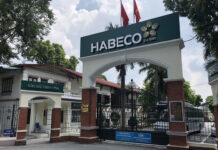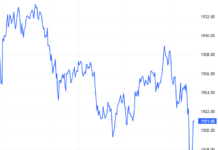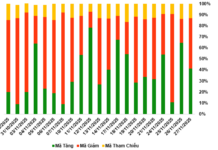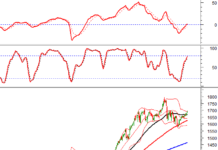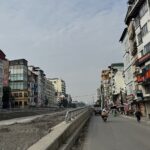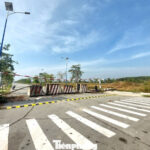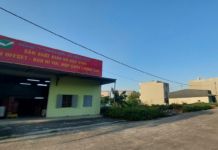Southern Shift in Investor Capital
At the seminar titled “Southern Shift in Capital Flow: The Enduring Appeal of Ho Chi Minh City’s Central Real Estate,” held on the morning of November 26, Mr. Nguyen Van Dinh, Vice Chairman of the Vietnam Real Estate Association, stated that in the first nine months of 2025, the real estate market is being positively adjusted. New supply has surged, reaching 1.2 times the total supply of 2024. The high-end apartment segment remains dominant, accounting for 67.8% of the total supply, while land plots represent 32.2%. Regionally, the Northern market leads with 49% of the supply, followed by the Southern region at 27%, and the Central region at 23%.

Mr. Nguyen Van Dinh, Vice Chairman of the Vietnam Real Estate Association.
According to Mr. Dinh, demand remains skewed toward investment activities, indicating that speculative and asset-building capital flows are overshadowing actual housing needs.
In terms of liquidity, the market recorded approximately 70,000 successful transactions in the primary market. The absorption rate reached nearly 70%. Price trends in major cities continue to rise. Land and property prices range from 50 to 400 million VND per square meter in the primary market. In the high-end apartment segment, Hanoi reports an average price of around 95 million VND per square meter, with 43% of the supply priced above 120 million VND per square meter. In Ho Chi Minh City, the average price is approximately 91 million VND per square meter.
“Major market trends are becoming increasingly clear. Investment capital from the North is shifting southward, with Ho Chi Minh City and its satellite provinces emerging as focal points. Investors prioritize projects located in central urban areas, featuring ‘all-in-one’ models, and developed by reputable developers,” Mr. Dinh noted.
Skyrocketing Real Estate Prices Are a Concern
Discussing the southward capital shift, Mr. Vu Cuong Quyet, CEO of Dat Xanh Northern Region, remarked that capital from the North has been flowing into Ho Chi Minh City since the early 1990s, not just recently. By 2007, around 60% of residents in Phu My Hung were from the North.

Mr. Vu Cuong Quyet, CEO of Dat Xanh Northern Region.
“In my nearly 20 years in the industry, I’ve observed that the Hanoi and Ho Chi Minh City markets are constantly competing. Ho Chi Minh City often leads, then Hanoi overtakes, followed by Ho Chi Minh City’s recovery and pursuit. This dynamic has persisted since the early 1990s, driven by market cycles and investor capital trends,” Mr. Quyet explained.
According to Mr. Quyet, investment opportunities in Ho Chi Minh City’s central real estate remain promising. Currently, compared to Hanoi, central real estate in Ho Chi Minh City is priced similarly or lower. Even properties outside the city’s ring road in Ho Chi Minh City are significantly cheaper than in Hanoi.
In summary, the southward flow of capital from the North is a strong trend at present and will continue to spread, enhancing the value of real estate in the region in the future.
“For those of us in the real estate industry, skyrocketing property prices are a significant concern. After sharp price increases, the market often enters a phase of decline and recession,” Mr. Quyet warned.
Therefore, Mr. Quyet hopes for sustainable market development and stable growth. Achieving this goal requires regulatory measures from the government.
Assoc. Prof., Dr. Tran Dinh Thien, a member of the Prime Minister’s Policy Advisory Council and former Director of the Vietnam Institute of Economics, also affirmed that Ho Chi Minh City is the most prominent and leading force in Vietnam’s new development phase.

Assoc. Prof., Dr. Tran Dinh Thien.
“The government has continuously reviewed and refined legal documents and regulations on planning, housing construction, and real estate business to address practical challenges. The directive on rectifying and enhancing transparency in the approval, sale, and rental of social housing aims to prevent negativity. With these efforts, I am confident that the future of the real estate market will brighten,” Mr. Thien emphasized.
Ben Thanh Service to Exit the Public Market After 15 Years of Listing
Ben Thanh Service Corporation (HNX: BSC) has received notification of its public company status termination, effective November 25, 2025, marking the end of a decade and a half of listing on the stock exchange.















